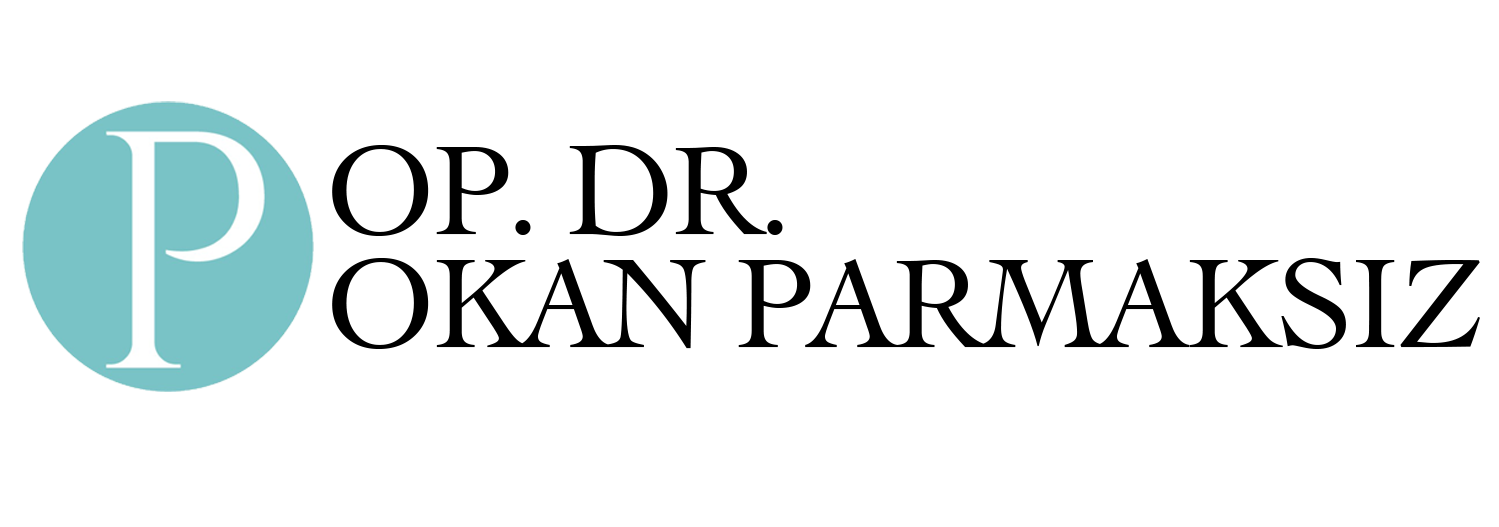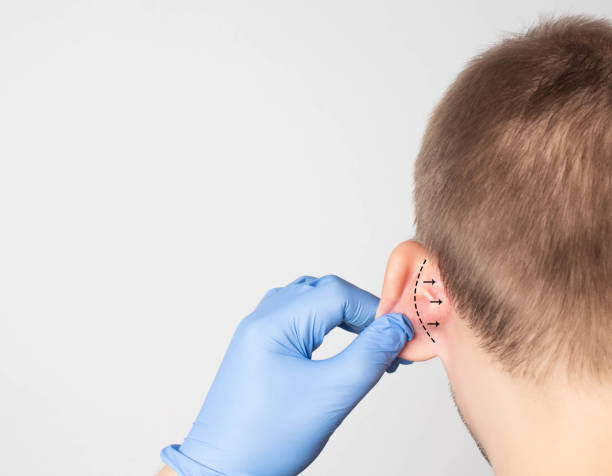Otoplasty (ear aesthetics) is a surgical procedure that aims to correct the shape and position of the ears. Post-operative stitches and bandages are among the important factors that affect the healing process of patients. In this article, you will learn about how stitches and bandages should be managed after otoplasty.
1. The First Post-Operative Days:
After the otoplasty operation, the ears are usually wrapped with bandages. These bandages are used to stabilize the ears and control swelling. The bandages should remain in place for the first days. Placing a bandage over the head may be recommended and should be protected from direct sunlight after the operation.
2. Suture Management:
Post-operative sutures may be located behind or inside the ears. It is important to pay attention to your surgeon’s instructions on how to manage the stitches. Usually, the stitches are removed within 7-10 days. The stitch removal process is painless and may take a short time.
3. Cleaning and Hygiene:
After the operation, it is important to keep the area around the stitches and bandages clean and dry. You can use sterile solutions recommended by your doctor to gently clean the ears. Avoid putting pressure on the ears during cleaning.
4. Swelling and Bruising:
Swelling and bruising may occur after otoplasty. Bandages can help control swelling. Cold compresses can also reduce swelling. However, it is recommended that you apply the compress through a cloth or towel, not directly to the skin.
5. Sleeping Position:
It is important to pay attention to the sleeping position after the operation. During the first few days, it is necessary to avoid sleeping with the head up and face down. This prevents swelling and pressure on the stitches.
6. Skin Care:
Skin care is part of post-operative suture and bandage management. Keeping the skin around the ears soft and moisturized can help the healing process. You can use moisturizers recommended by your surgeon.
7. Doctor Visits:
It is important to regularly attend the appointment dates set by your doctor. These appointments are critical for monitoring the post-operative healing process and making adjustments as needed.
8. Activity Limitations:
You may need to avoid heavy physical activity for some time after the operation. It is important to slowly return to normal activities following your surgeon’s recommendations.
9. Recovery Process:
Each individual’s healing process is different. While swelling and bruising will decrease over time, the ears will heal over time to achieve the desired result. Patience and following your doctor’s instructions are important for a successful recovery.
Sutures and bandages after otoplasty play a critical role for a successful recovery. Following your surgeon’s recommendations carefully will ensure that you achieve the desired result and have a comfortable healing process. If you have any concerns or questions, do not hesitate to contact your doctor.

